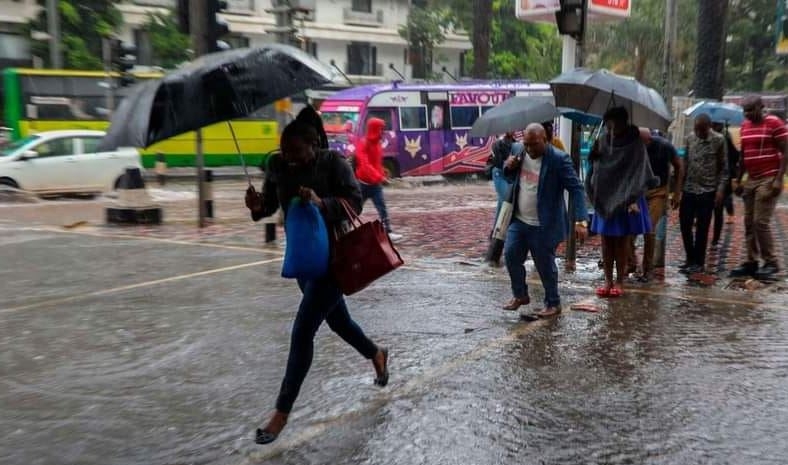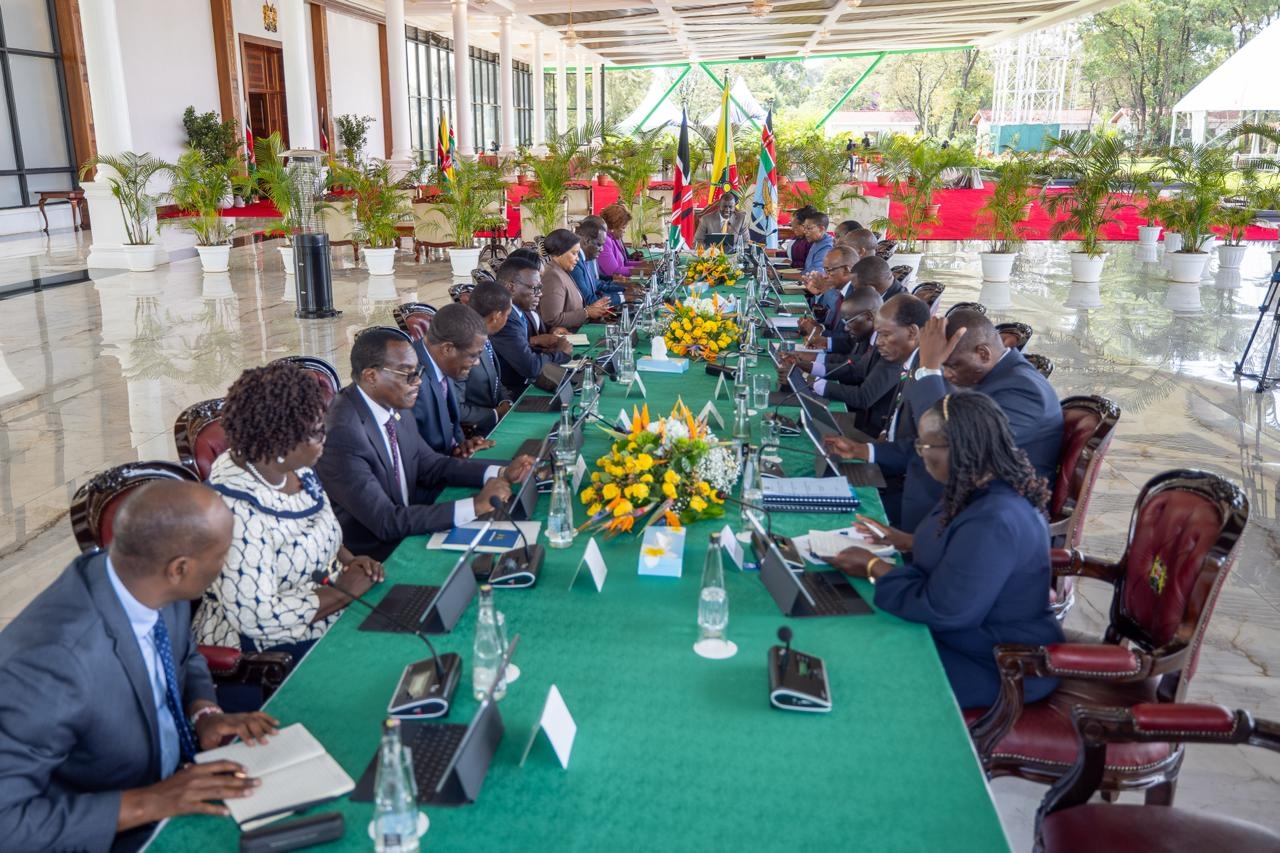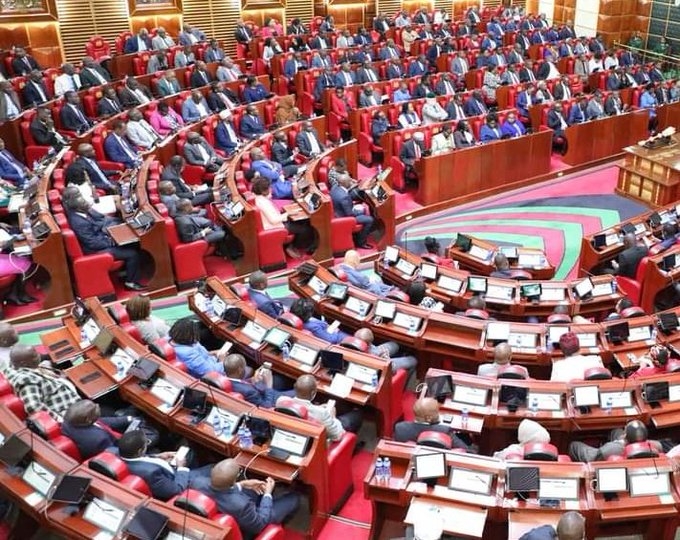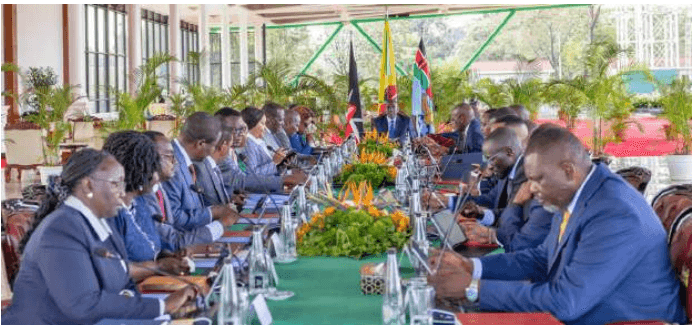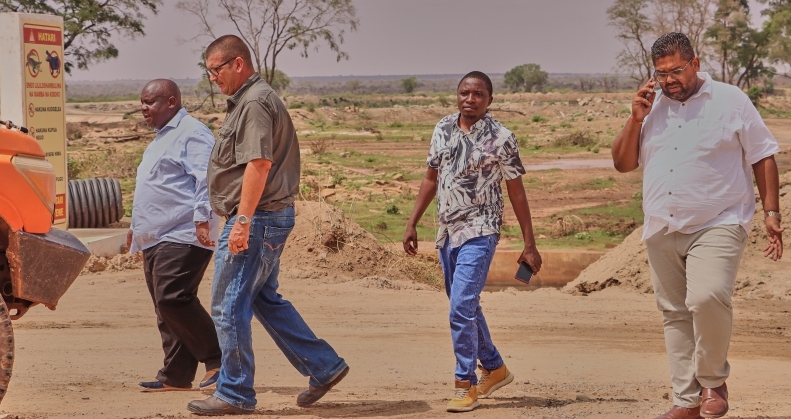The 2020-21 La Niña, partly responsible for dry weather in most parts of Kenya, has ended, experts say.
However, the dry weather in eastern Kenya will continue while western will have cooler than usual temperatures and occasional rains until September.
The World Meteorological Organization said La Nina ended last month and there is an overwhelming chance for normal weather conditions for the rest of the year.
A La Niña cycle often brings drought into East Africa, which is ongoing in eastern Kenya.
WMO noted the current unusual weather patterns cannot entirely be blamed on La Nina or El Nino.
It said all naturally occurring climate events take place in the context of human-induced climate change, which is increasing global temperatures, exacerbating extreme weather and impacting seasonal rainfall patterns.
“The end of La Niña and widespread above average sea-surface temperatures because of global warming mean air temperatures over land are forecast to be warmer than average from June to August 2021,” WMO said in a statement.
La Niña refers to the large-scale cooling of the ocean surface temperatures in the central and eastern equatorial Pacific Ocean.
It has the opposite impact of El Niño, which is linked to heavy rains in Kenya and dry weather in other parts of the world.
In Kenya, Met director Stella Aura said the during the June-August period, occasional overcast condition accompanied by light drizzles are normally experienced over the Rift Valley highlands including Nairobi, parts of Ukambani and Voi.
The situation will not be so different this year.
“Occasional cool and cloudy conditions with light morning rains/drizzles are expected to continue into August 2021 over the highlands east of the Rift Valley including Nairobi area. The same is true for parts of the southeast lowlands, central Rift Valley and southern Rift valley,” she said.
“However, the temperatures are expected to be near to above average of the long-term mean.”
Many parts of eastern Kenya are still experiencing drought.
According to the National Drought Management Authority, these are Marsabit, Mandera and Turkana counties.
The NDMA said these counties are in the 'alarming category', meaning immediate action is needed to ensure they do not reach the emergency level and require humanitarian aid.
Separately, the USAID-funded Famine Early Warning System said the situation is expected to get worse.
It called on governments, agencies and NGOs to scale up and sustain interventions to support food and livelihood security, nutrition and health and access to water through late 2021 and possibly early 2022.
It warned of lower household incomes from failed crops and dying livestock.
Wajir, Tana River, Samburu, Garissa and Isiolo counties are also in drought alert status.
West Pokot, Tharaka Nithi, Taita Taveta, Narok and Kajiado counties are in the normal drought status, owing to substantial rains received in April.
In April, the government warned of looming drought in some parts of Marsabit, Tana River, Isiolo and Turkana counties.
(Edited by V. Graham)



